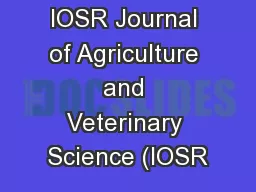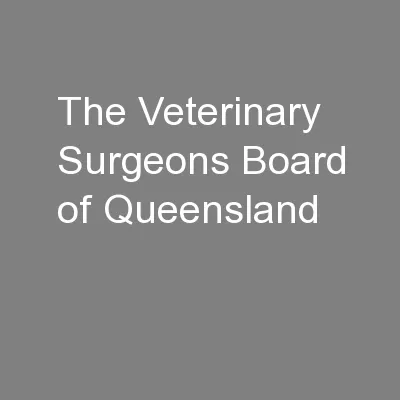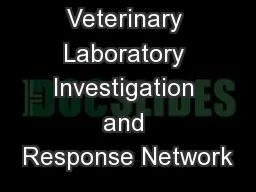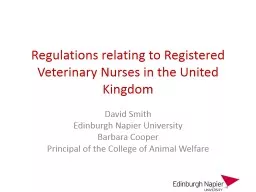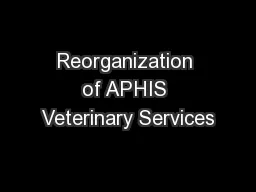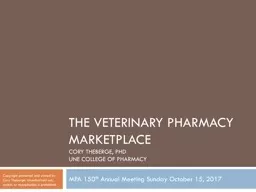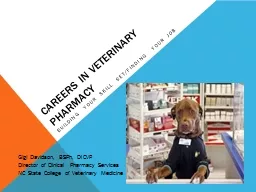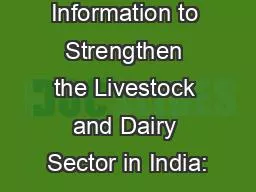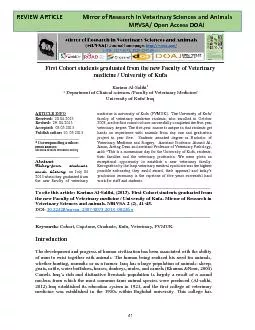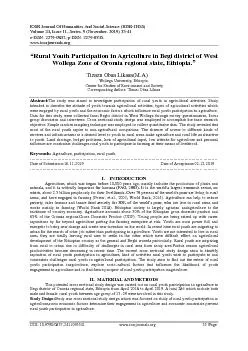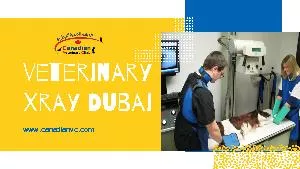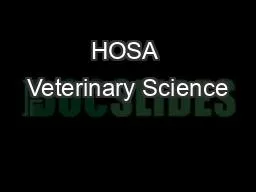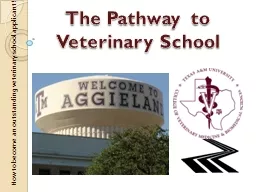PDF-IOSR Journal of Agriculture and Veterinary Science (IOSR
Author : natalia-silvester | Published Date : 2015-10-12
JAVS e ISSN 2319 2380 p ISSN 2319 2372 Volume 7 Issue 1 Ver IV Feb 2014 PP 7 8 84 wwwiosrjournalsorg wwwiosrjournals org 78 Page Retort Pouch Technology for
Presentation Embed Code
Download Presentation
Download Presentation The PPT/PDF document "IOSR Journal of Agriculture and Veterina..." is the property of its rightful owner. Permission is granted to download and print the materials on this website for personal, non-commercial use only, and to display it on your personal computer provided you do not modify the materials and that you retain all copyright notices contained in the materials. By downloading content from our website, you accept the terms of this agreement.
IOSR Journal of Agriculture and Veterinary Science (IOSR: Transcript
Download Rules Of Document
"IOSR Journal of Agriculture and Veterinary Science (IOSR"The content belongs to its owner. You may download and print it for personal use, without modification, and keep all copyright notices. By downloading, you agree to these terms.
Related Documents

